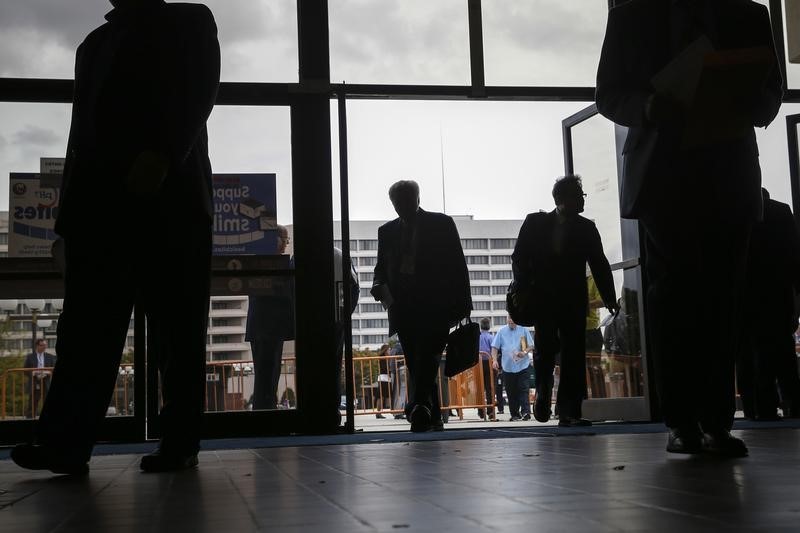BELGRADE (Reuters) - Serbia's central bank is expected to keep its benchmark rate at 3.5 percent this Thursday, on concern a weakening dinar and an expected rise in public-sector wages and pensions will fuel inflation.
Eleven out of 13 analysts and traders polled by Reuters this week and last said the central bank would leave the rate<RSCBIR=ECI> unchanged. Three saw a 25-basis-point cut.
October inflation stood at 2.8 percent, within the central bank's target range of 3 percent, give or take 1.5 percent. But in the past two weeks, the dinar has lost 0.6 percent, prompting the central bank to sell 110 million dinars in the interbank market. November inflation will be published on Dec. 12.
"They are likely to be cautious; any further rate cut could push the dinar down," a trader who asked not to be named said.
"On top of that, a rise in pensions and public-sector salaries as of January will fuel consumption, possibly leading to higher prices," he said.
In making its decision, the bank may also weigh whether the U.S. Federal Reserves will raise its own interest rates in December. Such a move would tend to draw investors away from emerging markets like Serbia.
Serbia's parliament on Wednesday will start debating a 2018 budget. The draft budget passed by the government last week set the deficit at 28.4 billion Serbian dinars ($281.52 million) or 0.6 percent of economic output.
It forecasts the economy will grow by 3.5 percent in 2018. That is in line with expectations by International Monetary Fund, whose 1.2 billion-euro ($1.42 billion) loan deal expires in February.
"The budget is very well balanced, the dinar exchange rate is under control, the state does not overspend and we could end up with budget surplus even next year," said Ivan Nikolic, an analyst with the Economic Institute think tank.
"Inflation is under control and in fact the central bank does have space to lower the interest rate on Thursday. Whether they will decide to do that remains to do be seen," he said.
